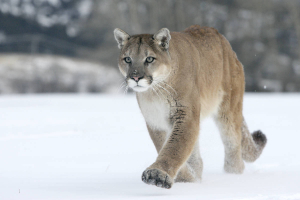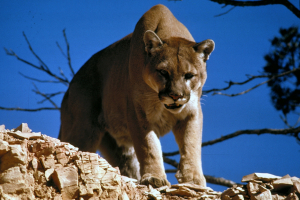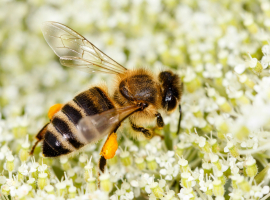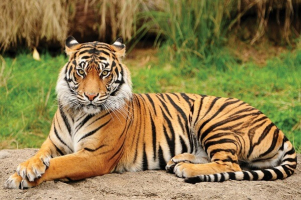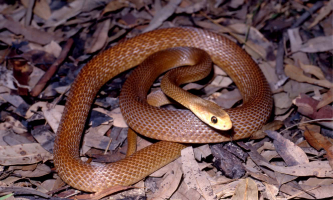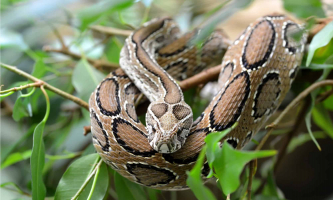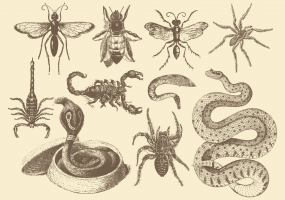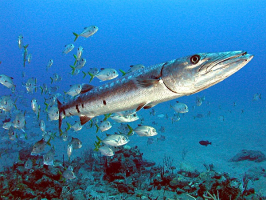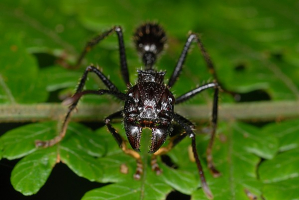Top 8 Most Dangerous Animals in California
The animal world is extremely diverse and rich. Many animals are impressed by their beautiful appearance, friendly personality, there are also very dangerous ... read more...animals. Let's find out with Toplist the most dangerous animals in California!
-
One of the most dangerous animals in California is the Coyotes. Wild dogs are not coyotes; rather, they are a closely related species. However, they frequently breed with domestic dogs, giving rise to hybrid "coydogs" that have the same hunting instinct but lack the hostility toward people. Coyotes are smaller and considerably lighter than wolves, so you can tell them apart. Their ears are smaller and more pointed, and their coat is a grey sandy brown. Hybrid coyotes have also been produced by mating wolves and coyotes.
A canine species that is indigenous to North America is the coyote (Canis latrans). It is smaller than the wolf, a near relative, and slightly smaller than the red and eastern wolves, another close relative. Similar ecological needs are met by it and the golden jackal in Eurasia. A behavioral ecologist once referred to the coyote as the American jackal because it is bigger and more predatory.
Due to the coyote's widespread distribution and abundance in North America, the International Union for Conservation of Nature has classified it as a species of least concern. The species is adaptable and can grow in settings that people have altered. By settling in populated areas in the eastern United States and Canada, it is expanding its range. In 2013, the coyote was first observed in eastern Panama.
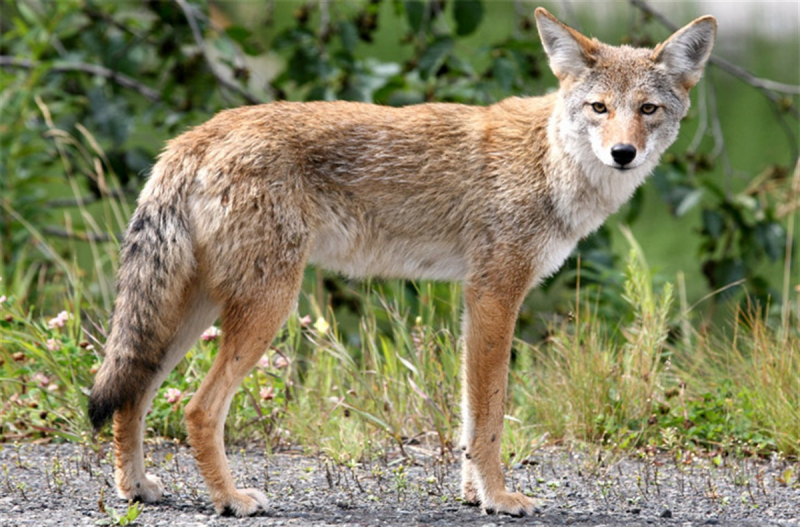
Photo: lakewoodcity.org 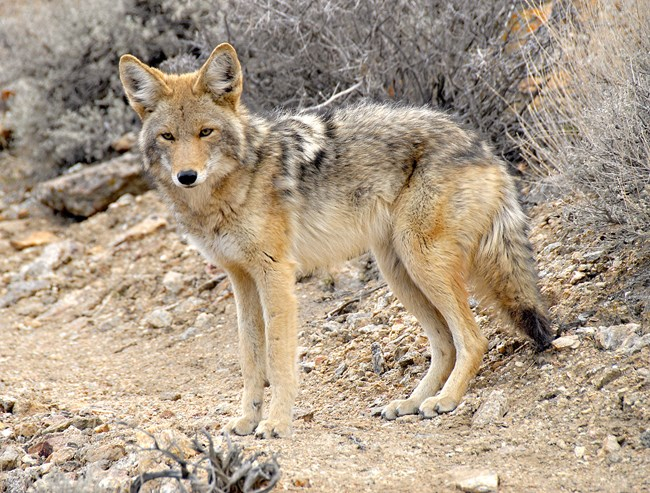
Photo: nps.gov -
Large dogs that are native to Eurasia and North America include the gray wolf and grey wolf. There are more than thirty different subspecies of Canis lupus, and gray wolves, as they are commonly known, are one of the wild subspecies. The wolf is the canidae family's largest living member. It can also be identified from other Canis species by its longer tail and shorter, less pointed ears and muzzle. Despite this, the wolf is sufficiently related to lesser Canis species, such as the coyote and golden jackal, to create fruitful hybrids with them. A wolf's banded fur is typically a mottled mixture of white, brown, gray, and black, however, polar subspecies can have practically entirely white fur.
Gray wolves, which once roamed the Sierra Nevada region of California, were exterminated. There have been reports of gray wolves in California as late as 2011, thanks to protection initiatives like the California Wolf Center and natural growth. The population is expected to increase.
The endangered Northern Rocky Mountains wolf (Canis l. irremotus) and Mexican wolf can both be found in California. Wolves are destructive to cattle and may attack people in untamed settings, but they are necessary for balanced and healthy ecology. Gray wolf males are also among the best animal fathers.
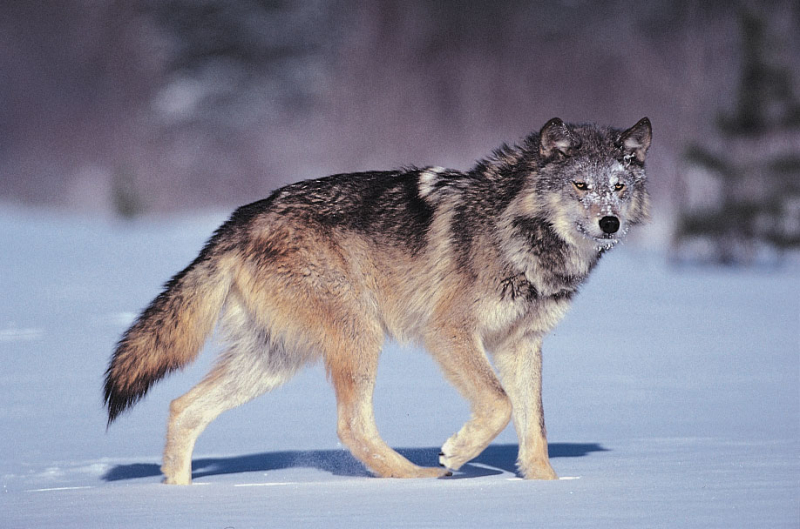
Photo: britanica.com 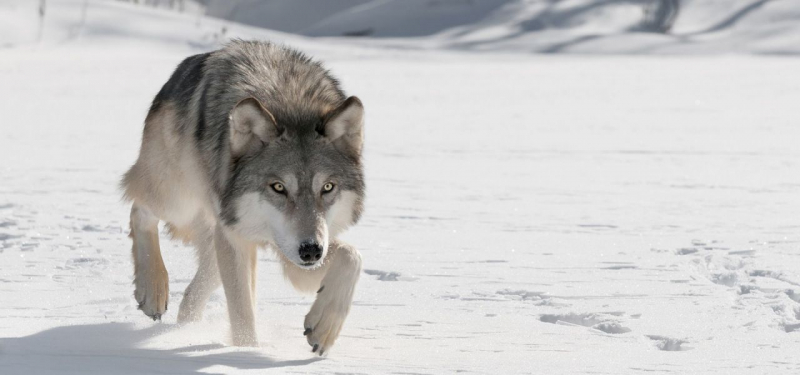
Photo: pbs.org -
The next position on the list of the most dangerous animal in California is the American black bear, often known as the black bear, which is native to North America. It is the smallest and most prevalent species of bear on the continent. American black bears are omnivores, and the seasons and places they live in have a big impact on what they eat. They frequently inhabit forested locations, although they will venture out in quest of food. On occasion, they are drawn to populated areas because of the easy access to food. Some subspecies, despite their name, can be brown or even blonde in color.
The only remaining bear species in California is the American black bear (Ursus americanus). As early as 1922, the large-sized California grizzly bear - also known as the "Golden State grizzly"- was driven to extinction. The state animal of California is still the grizzly subspecies, though.
The extinction of the California grizzly opened up more territory for the black bear. Contrary to what their name might imply, these bears are actually brownish black in hue. American black bears are among the most hazardous creatures in California while being less violent than grizzlies. They can be deadly and attack humans in search of food or to defend their young.
The California black bear, a particular subspecies native to California, can be found in shrublands and rain forests all over the state.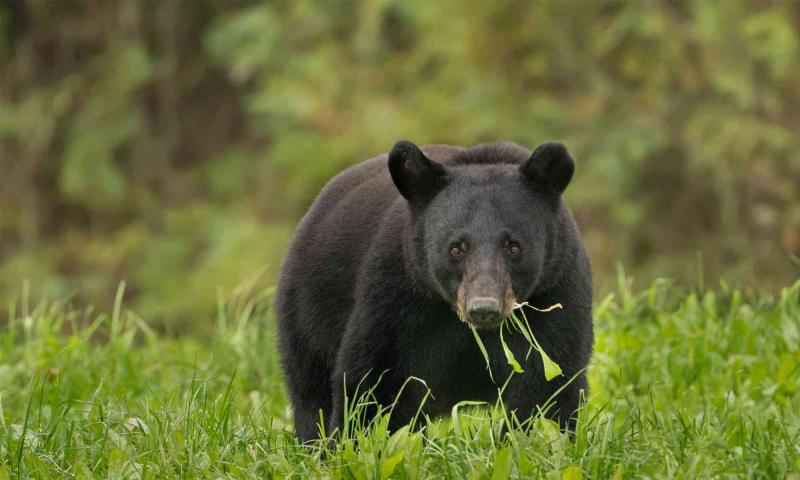
Photo: bearsinmind.org 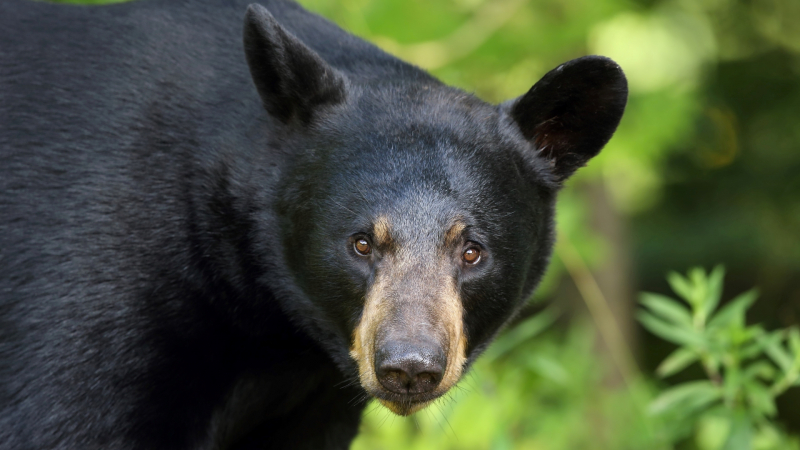
Photo: livescience.com -
Rattlesnakes get their name from the rattle at the end of their tails, which, when vibrated, generates a loud rattling noise that scares away predators or warns onlookers. Rattlesnakes are the main cause of snakebite injuries in North America, yet they hardly ever bite unless threatened or provoked, and if they are treated right after, bites from them are almost never deadly.
Hawks, weasels, king snakes, and a number of other animals all prey on rattlesnakes. When rattlesnakes are newborns, they are heavily preyed upon since they are still juvenile and frail. Rattlesnakes are killed by people in large numbers. Because of habitat loss, poaching, and extermination efforts, rattlesnake populations are seriously threatened in many places.
In California, rattlesnakes are common and many of them are dangerous. Around 800 rattlesnake bites are thought to result in one to two fatalities each year in California. The chances of survival are very good, but it's crucial to get help very away. The venom is hemotoxic, causing necrosis, coagulopathy, and tissue destruction. A presynaptic neurotoxic venom component is known as Mojave type A toxin is also present in the tiger rattlesnake and some species of the Mojave rattlesnake in the United States. This toxin can result in severe paralysis.
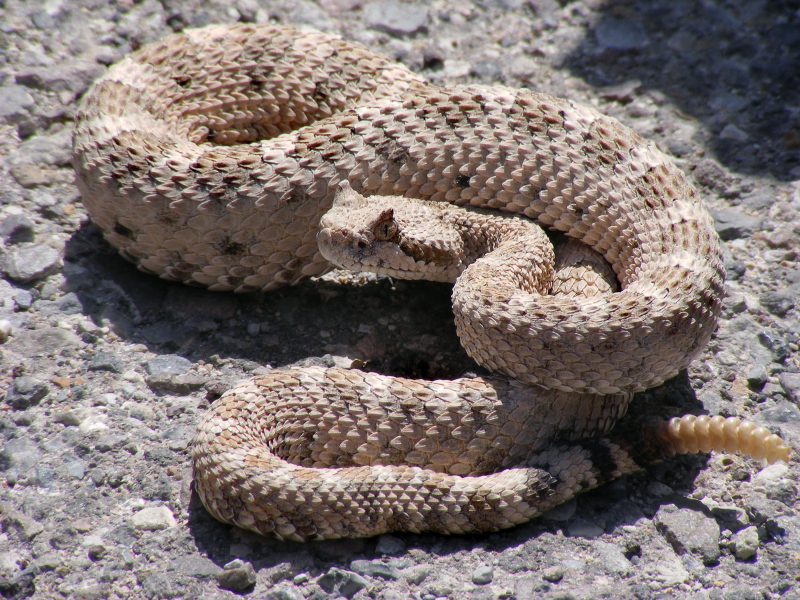
Photo: wikipedia.org 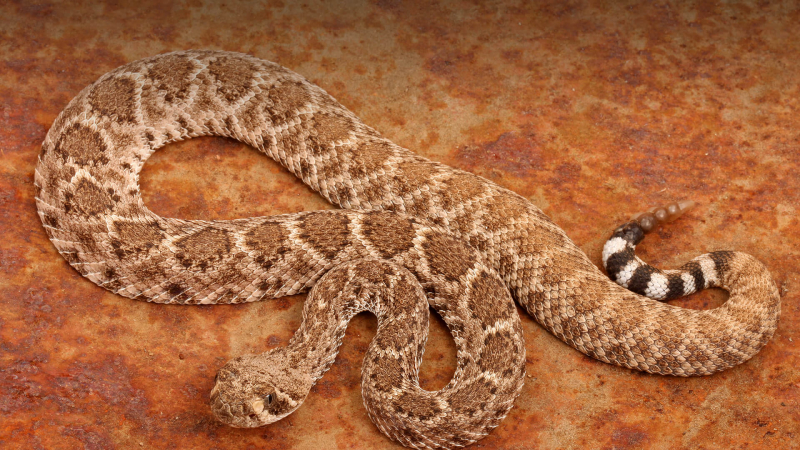
Photo: sandiegozoo.org -
One of the most dangerous animals in California is the great white shark. Aside from the orca in extremely rare instances, the great white shark has no other known natural predators, making it an apex predator. It is one of the main predators of marine mammals up to the size of huge baleen whales and is possibly the largest known living macropredator fish. In addition to fish and seabirds, this shark is known to feed on a range of other marine creatures. It is the only species of its genus, Carcharodon, that is still alive and has been implicated in more documented cases of human bites than any other shark.
Numerous ecological difficulties that the species suffers have led to international protection. The great white shark is listed as a vulnerable species by the International Union for Conservation of Nature and is a part of CITES Appendix II. Several national governments, like Australia, preserve it as well (as of 2018). Although attempts have been made in the past to maintain great white sharks in captivity, it is not logistically viable due to their extensive seasonal migration and extremely demanding diet. As a result, there are no known aquariums in the world believed to house a living specimen.
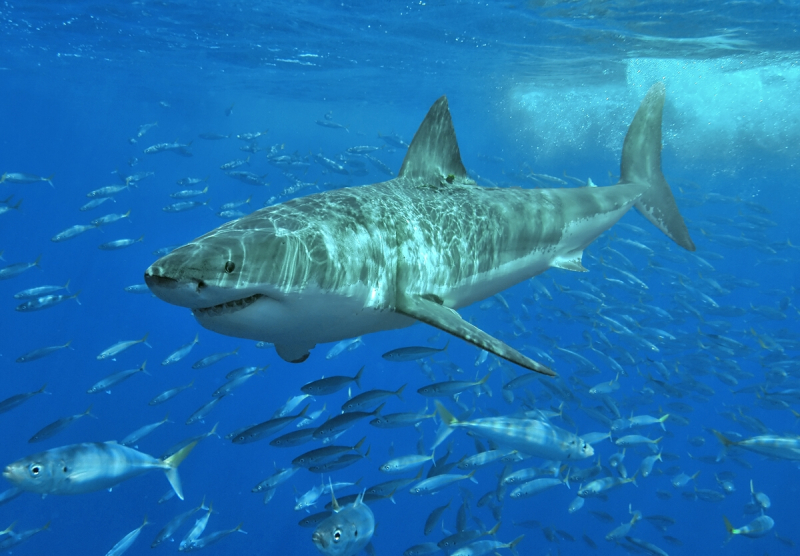
Photo: wikpedia.org 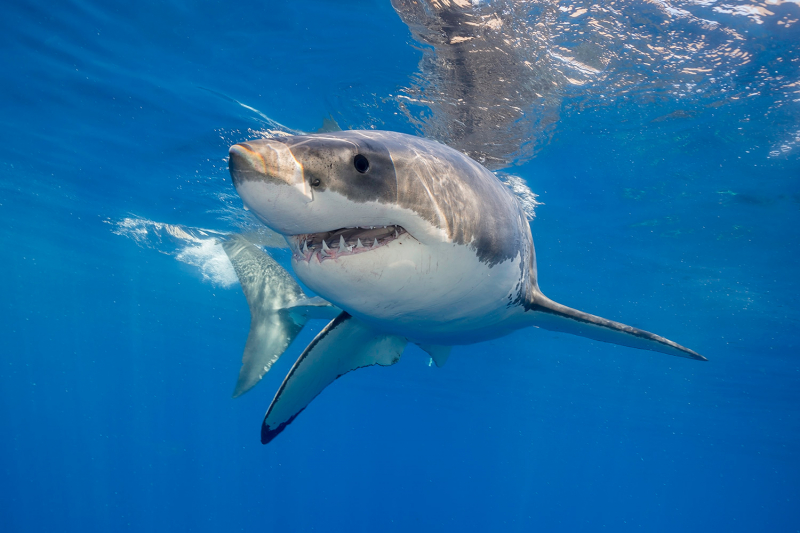
Photo: people.com -
The East African lowland honey bee was originally crossed with different European honey bee subspecies, such as the Italian honey bee and the Iberian honey bee, to create the Africanized bee, also known as the Africanized bee and commonly referred to as the "killing bee".
Although "killer bees" have no worse venom than typical bees, they are more vulnerable to attack. They thus swarm more quickly, attack in great numbers, and hunt down prey for longer. These bees, which have recently invaded California, have killed people. Their population is growing steadily.
In an effort to boost honey production, the East African lowland honey bee was originally imported to Brazil in 1956. However, 26 swarms managed to escape quarantine in 1957. The hybrid spread over South America after that and made its way to North America in 1985. In 1990, hives were discovered in south Texas in the US. Killing bees often exhibit substantially higher levels of defensiveness than other honey bee species, and they respond to perturbations more quickly than European honey bees. They can chase a person for 400 meters, and they have killed 1,000 people while stinging their victims ten times more than European honey bees do. Along with other animals, they have also killed horses.
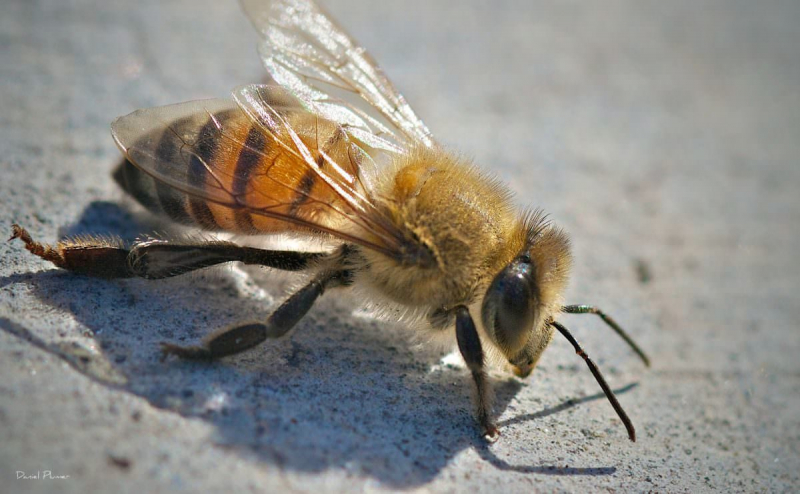
Photo: modernfarmer.com 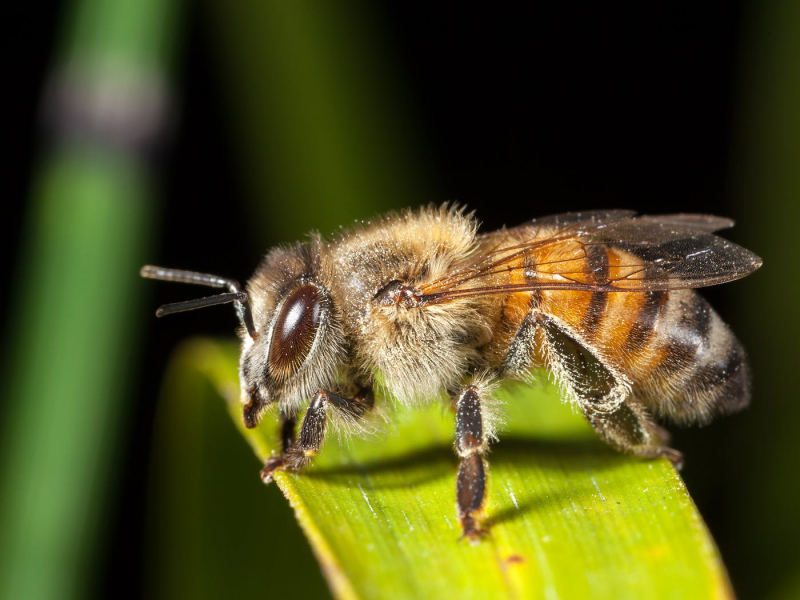
Photo: texasmonthy.com -
Latrodectus mactans, also referred to as the shoe-button spider and the southern black widow, is a venomous species of spider in the genus Latrodectus. The ladies are famous for their striking black and red appearance as well as the fact that occasionally they may consume their partners after mating. Native to North America, the species. The venom can induce discomfort and other symptoms, although healthy persons seldom die from it.
The mature female's body length is 8–13 mm, whereas the male's is 3-6 mm. Leg length in relation to body is long. Females have a red hourglass-shaped marking on the ventral side of their extremely rounded abdomens. They are lustrous and black in appearance. Particularly in females who are bearing eggs, there is a wide range in female size. A female who is pregnant may have an abdomen that is larger than 1.25 cm in diameter. Additionally, the top of the abdomen of many female widows has an orange or red patch immediately above the spinnerets. The abdomen of juveniles is grey to black with white lines running across it and is dotted with yellow and orange, giving them a very different appearance from adults.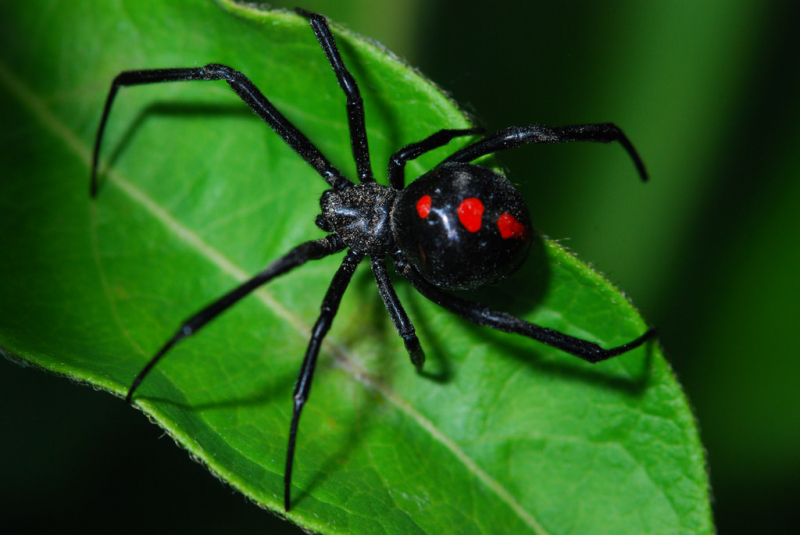
Photo: spideridentifications.com 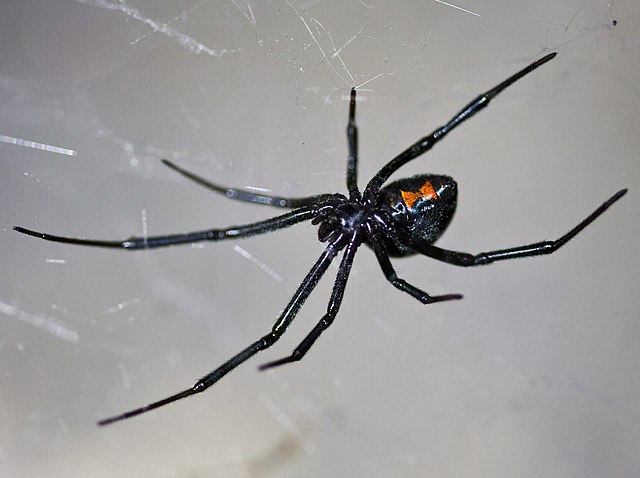
Photo: wikipedia -
It should come as no surprise that the mountain lion is included on our list of the most deadly animals in Canada. It is one of Canada's most dangerous predators and the second-largest wild cat in the Americas. This big cat, often known as a puma, is capable of killing an animal that is four times its size. They have the ability to sprint at 56 km/h, jump 5.5 m vertically, jump 9 m horizontally, and see 130 degrees.
They have retractable claws that only show while they are actively hunting. Cougars rarely pursue their prey despite having amazing ground speed. They prefer to stalk and startle them instead. By biting their prey's throats and breaking their windpipes, they horrifyingly suffocate their victims.
The mountain lion will also consume almost anything. coyotes, elk, birds, beavers, and more. British Columbia accounts for close to 40% of all cougar attacks on people in North America. Due to their small size, children and adults in a crouch are particularly susceptible to cougar attacks.
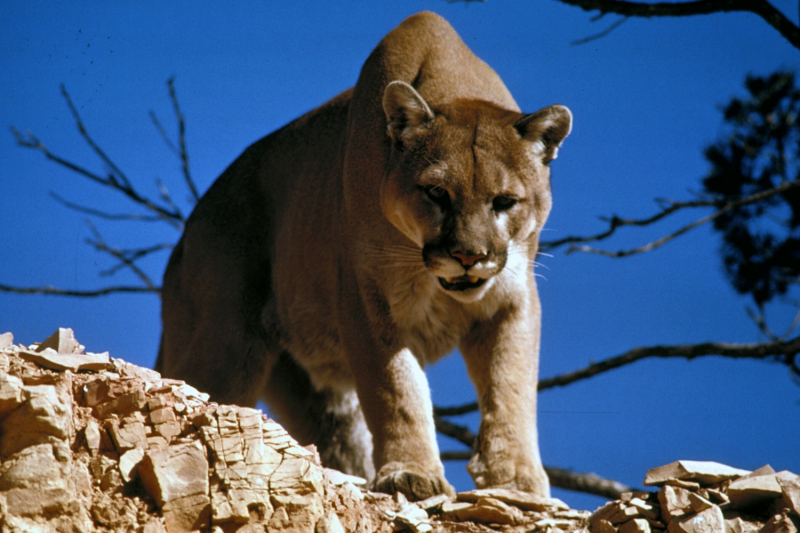
Photo: wikipedia 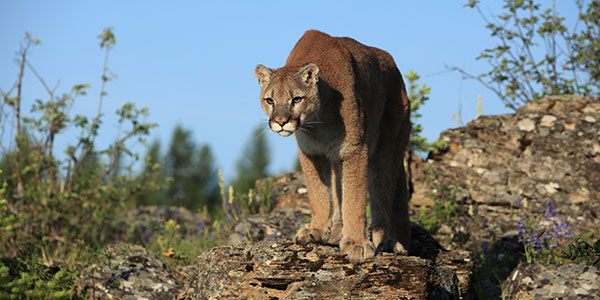
Photo: nwf.org










